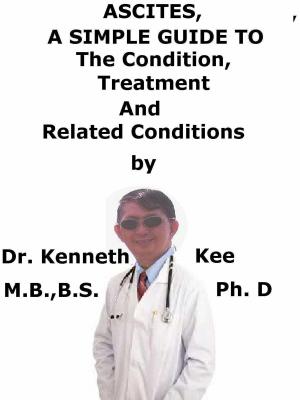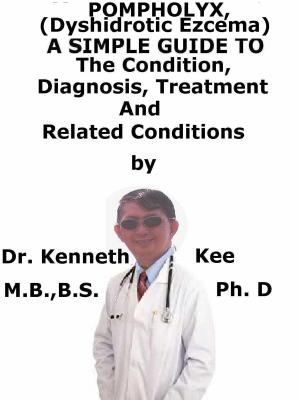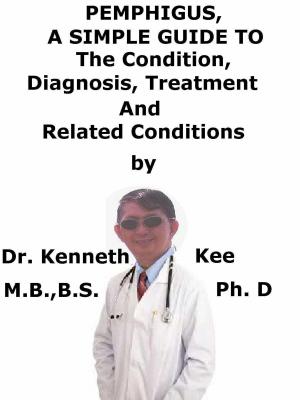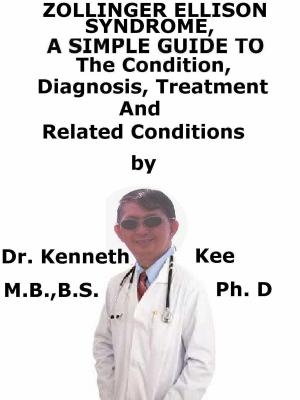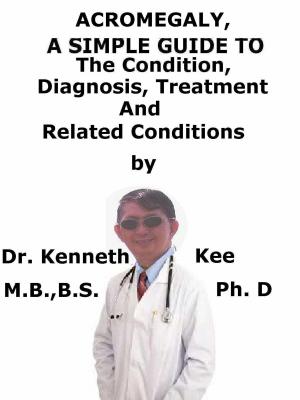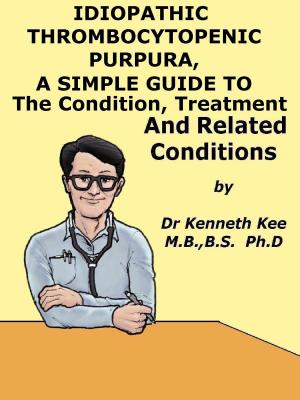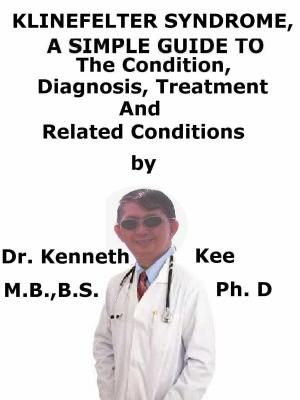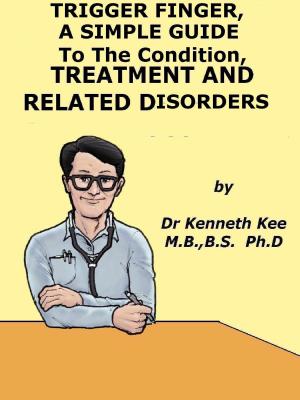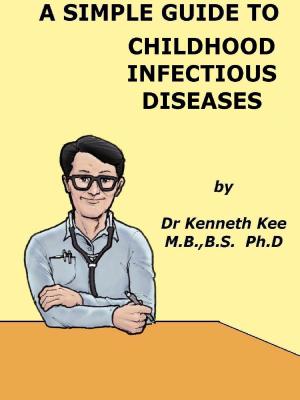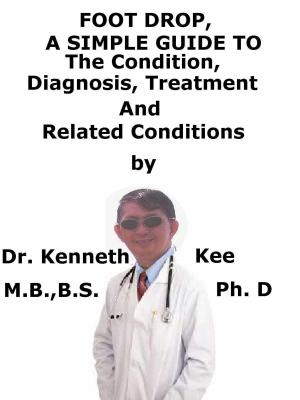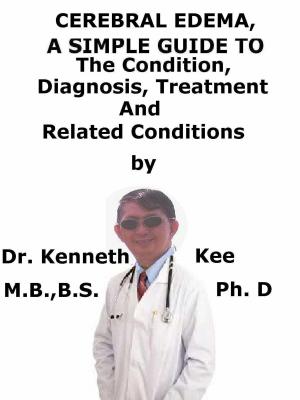Neurofibromatosis 1, A Simple Guide To The Condition, Diagnosis, Treatment And Related Conditions
Nonfiction, Health & Well Being, Health, Ailments & Diseases, Genetic, Medical, Specialties, Internal Medicine, Neurology| Author: | Kenneth Kee | ISBN: | 9781370734450 |
| Publisher: | Kenneth Kee | Publication: | October 21, 2016 |
| Imprint: | Smashwords Edition | Language: | English |
| Author: | Kenneth Kee |
| ISBN: | 9781370734450 |
| Publisher: | Kenneth Kee |
| Publication: | October 21, 2016 |
| Imprint: | Smashwords Edition |
| Language: | English |
Neurofibromatosis is a genetic medical disorder causing tumors in the skin, nervous system and skeleton.
The neurofibromatoses are autosomal dominant genetic disorders that consist of the rare diseases NF1, NF2, and schwannomatosis:
1. NF1 is the more common form of the neurofibromatoses.
Type 1 is caused by a defect in the gene, NF1, located at chromosome 17q11.2.
Neurofibromin, the gene product, is a widespread nervous system protein and is believed to act as a tumor suppressor.
Loss of neurofibromin results in a higher risk of forming benign and malignant tumors but effects of a mutation differ greatly between sufferers
It can occur at any age due to a range of mutations, differing penetration and mosaicism.
Watson's syndrome is the only subtype of NF1 to have a common phenotype in families and is typically featured by pulmonary stenosis, cognitive impairment, cafe au lait patches and few skin neurofibromas
In diagnosing NF1, a doctor looks for alterations in:
1. Skin appearance,
2. Tumors,
3. Bone abnormalities,
4. A parent, sibling or child with NF1.
Symptoms of NF1, which may be present at birth and nearly always by the time the child is 10 years old, are:
a. Light brown spots on the skin ("cafe-au-lait" spots),
b. Two or more growths on the iris of the eye,
c. A tumor on the optic nerve,
d. A larger than normal head circumference,
e. Abnormal development of the spine, a skull bone, or the tibia.
2. Type 2 is a central form with CNS tumors rather than skin lesions.
The tumors cause injury by pressure on the neighboring nerves.
CT or MRI of the brain or other involved sites may be needed.
Biopsy of asymptomatic skin neurofibromas need not be done for diagnostic purposes in patients with definite NF1.
There is no specific treatment for neurofibromatosis.
Tumors that cause pain or loss of function may be excised.
Tumors that have grown quickly should be excised promptly as they may become cancerous
TABLE OF CONTENT
Introduction
Chapter 1 Neurofibromatosis Type 1
Chapter 2 Causes
Chapter 3 Symptoms
Chapter 4 Diagnosis
Chapter 5 Treatment
Chapter 6 Prognosis
Chapter 7 Acoustic Neuroma
Chapter 8 Pheochromocytoma
Epilogue
Neurofibromatosis is a genetic medical disorder causing tumors in the skin, nervous system and skeleton.
The neurofibromatoses are autosomal dominant genetic disorders that consist of the rare diseases NF1, NF2, and schwannomatosis:
1. NF1 is the more common form of the neurofibromatoses.
Type 1 is caused by a defect in the gene, NF1, located at chromosome 17q11.2.
Neurofibromin, the gene product, is a widespread nervous system protein and is believed to act as a tumor suppressor.
Loss of neurofibromin results in a higher risk of forming benign and malignant tumors but effects of a mutation differ greatly between sufferers
It can occur at any age due to a range of mutations, differing penetration and mosaicism.
Watson's syndrome is the only subtype of NF1 to have a common phenotype in families and is typically featured by pulmonary stenosis, cognitive impairment, cafe au lait patches and few skin neurofibromas
In diagnosing NF1, a doctor looks for alterations in:
1. Skin appearance,
2. Tumors,
3. Bone abnormalities,
4. A parent, sibling or child with NF1.
Symptoms of NF1, which may be present at birth and nearly always by the time the child is 10 years old, are:
a. Light brown spots on the skin ("cafe-au-lait" spots),
b. Two or more growths on the iris of the eye,
c. A tumor on the optic nerve,
d. A larger than normal head circumference,
e. Abnormal development of the spine, a skull bone, or the tibia.
2. Type 2 is a central form with CNS tumors rather than skin lesions.
The tumors cause injury by pressure on the neighboring nerves.
CT or MRI of the brain or other involved sites may be needed.
Biopsy of asymptomatic skin neurofibromas need not be done for diagnostic purposes in patients with definite NF1.
There is no specific treatment for neurofibromatosis.
Tumors that cause pain or loss of function may be excised.
Tumors that have grown quickly should be excised promptly as they may become cancerous
TABLE OF CONTENT
Introduction
Chapter 1 Neurofibromatosis Type 1
Chapter 2 Causes
Chapter 3 Symptoms
Chapter 4 Diagnosis
Chapter 5 Treatment
Chapter 6 Prognosis
Chapter 7 Acoustic Neuroma
Chapter 8 Pheochromocytoma
Epilogue

